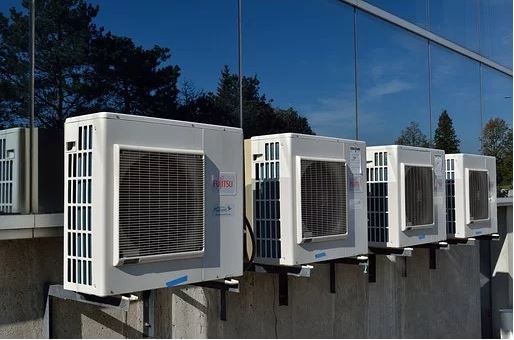
Creating an environment of comfort and quality indoor air heavily relies on the efficiency of Heating, Ventilation, and Air Conditioning (HVAC) systems. Whether in homes, offices, or industrial setups, incorporating specific components into your HVAC infrastructure is essential for achieving peak performance and energy efficiency. This blog will delve into essential components for HVAC systems, with a special focus on the significance of din rail enclosures.
Intelligent Temperature Control Systems
In the realm of modern HVAC systems, the integration of intelligent thermostats is paramount. These devices offer precise control over temperature settings, learning user preferences over time and adapting accordingly. Furthermore, they often come equipped with remote access capabilities, allowing users to monitor and adjust settings remotely via smartphone applications.
Energy-Saving Heat Pumps
For comprehensive heating and cooling solutions, energy-efficient heat pumps are indispensable. These systems utilize ambient air or geothermal energy to provide heating and cooling, making them both environmentally friendly and cost-effective. Opting for models with high Seasonal Energy Efficiency Ratio (SEER) ratings ensures optimal efficiency.
Air Filtration Systems
Indoor air quality is a significant concern, and HVAC systems play a pivotal role in addressing it. The incorporation of air purification systems, such as HEPA filters or UV germicidal lamps, aids in removing allergens, dust, and airborne contaminants, fostering a cleaner and healthier indoor environment.
Variable Speed Motors
Contrary to traditional HVAC systems that employ single-speed motors, models featuring variable-speed motors adapt their speed based on heating or cooling demands. This adaptive approach leads to energy savings and enhances overall system efficiency.
Programmable Logic Controllers (PLCs)
Providing advanced automation capabilities, PLCs are integral to optimizing HVAC systems. These controllers effectively manage and coordinate various components, including fans, pumps, and valves, ensuring precise control and seamless integration with other building automation systems.
Ductwork Insulation
Efficient ductwork is essential for the even distribution of conditioned air. Insulating ducts minimizes energy loss, maintaining consistent temperatures throughout the system. Adequate insulation also contributes to noise reduction and prevents condensation-related issues.
Din Rail Enclosures
While perhaps not the first consideration for HVAC systems, din rail enclosures play a crucial role in organizing and safeguarding electrical components. Offering a standardized mounting platform for devices such as relays, timers, and controllers, these enclosures contribute to a tidy and well-organized system. They enhance safety by preventing accidental contact with live components and facilitate straightforward maintenance.
Zoning Systems
To further enhance energy efficiency, consider incorporating zoning systems into your HVAC setup. Zoning allows for the division of a space into different areas with independent temperature controls. This means that heating or cooling is directed precisely where it’s needed, avoiding unnecessary energy consumption in unoccupied or less frequently used areas.
In conclusion, crafting a well-designed HVAC system necessitates careful attention to various components for optimal performance, energy efficiency, and indoor comfort. Intelligent thermostats, energy-efficient heat pumps, air purification systems, variable speed motors, PLCs, ductwork insulation, and din rail enclosures stand out as indispensable features for a contemporary HVAC system. Incorporating these elements ensures that a space’s heating and cooling needs are met responsibly and cost-effectively.
Interesting Related Article: “Secrets of HVAC Pros: 6 Must-Try AC Maintenance Hacks“

